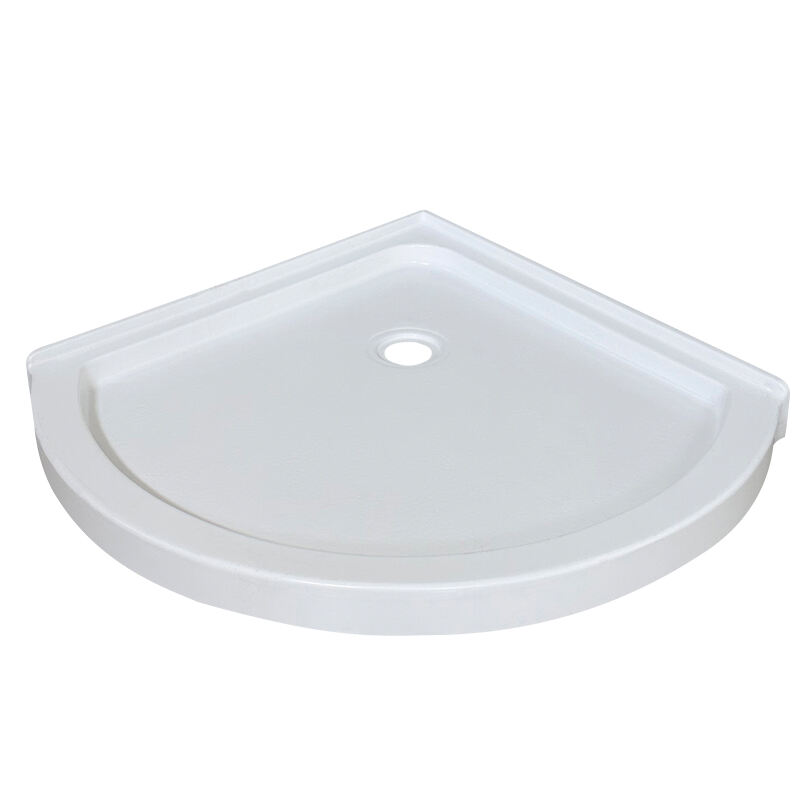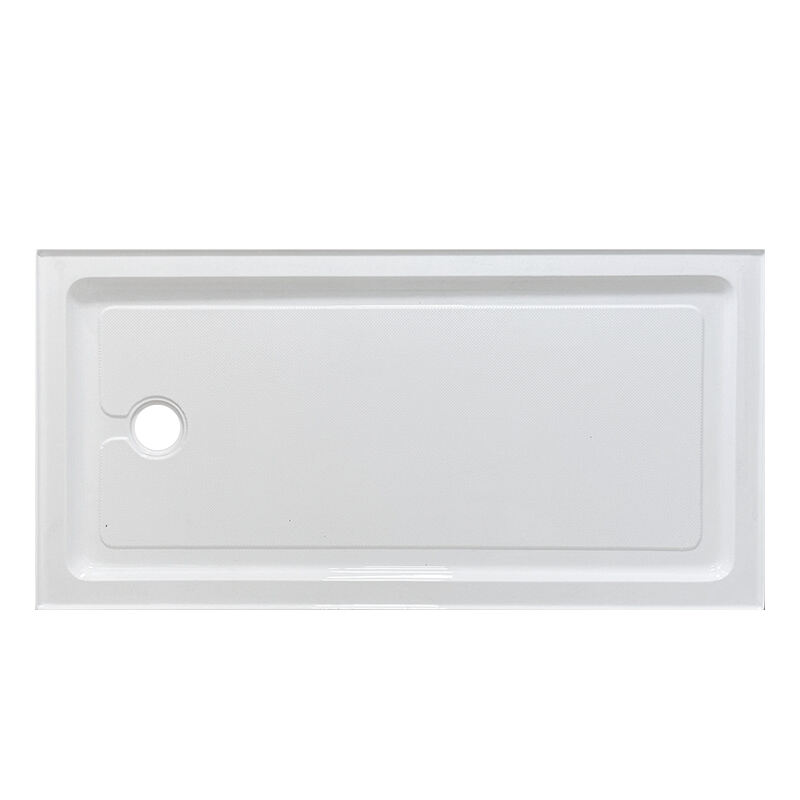Essential Considerations for Modern Bathroom Shower Bases
Selecting the perfect shower tray is a crucial decision that can significantly impact both the functionality and aesthetics of your bathroom. A shower tray serves as the foundation of your shower area, combining practical water containment with design elements that enhance your space. Whether you're renovating your existing bathroom or designing a new one, understanding the various materials and their properties will help you make an informed choice that suits your specific needs.
Modern shower trays come in an impressive range of materials, sizes, and styles, each offering unique benefits. From classic ceramic to contemporary stone resin, the options available today cater to diverse preferences and requirements. This comprehensive guide will explore the characteristics of different shower tray materials, helping you navigate through the selection process with confidence.
Understanding Shower Tray Materials
Acrylic Shower Trays
Acrylic shower trays have gained immense popularity due to their versatility and practical benefits. These lightweight yet durable options are reinforced with fiberglass, creating a robust structure that can withstand daily use. The non-porous surface of acrylic shower trays makes them naturally resistant to mold and mildew, while their warm-to-touch nature provides comfort underfoot.
One of the standout features of acrylic shower trays is their excellent heat retention properties. They maintain a comfortable temperature even in cooler bathrooms, making your shower experience more pleasant. Additionally, their smooth surface is easy to clean and maintain, requiring only regular wiping with standard bathroom cleaners.
Stone Resin Shower Trays
Stone resin shower trays represent the perfect fusion of natural aesthetics and modern engineering. Made from a mixture of crushed stone and resin, these trays offer exceptional durability and stability. Their solid construction creates a premium feel that rivals natural stone while being more practical for everyday use.
The density of stone resin provides excellent sound absorption, reducing the noise of running water. These shower trays also offer superior scratch resistance and can handle heavy impacts without damage. While they may be slightly more expensive than acrylic options, their longevity and performance make them a worthwhile investment for many homeowners.
Size and Installation Considerations
Determining the Right Dimensions
Choosing the correct shower tray size is essential for both functionality and compliance with bathroom regulations. Standard shower tray sizes typically range from 760mm x 760mm to 1700mm x 900mm, though custom sizes are available for unique spaces. Consider the available floor space, door opening requirements, and whether you need additional room for mobility assistance.
The height of your shower tray also plays a crucial role in installation and accessibility. Low-profile shower trays, measuring around 25mm in height, create a modern, minimalist look and offer easier access. Traditional shower trays might be 40mm or higher, providing more depth for water drainage but requiring a step up to enter.
Installation Methods and Requirements
Professional installation ensures your shower tray performs optimally and maintains its warranty. The installation method depends on your bathroom's configuration and the type of shower tray selected. Flat-to-floor installation creates a seamless look, while raised installations might be necessary for certain plumbing arrangements.
Proper support and leveling are crucial during installation to prevent future problems. Most shower trays require a mortar bed or support system to ensure even weight distribution and prevent flexing. Additionally, correct sealing around the edges prevents water leakage and protects your bathroom structure.

Maintenance and Longevity
Daily Care Routines
Regular maintenance extends the life of your shower tray and maintains its appearance. Daily wiping with a soft cloth removes soap residue and prevents mineral buildup. For deeper cleaning, use appropriate cleaning products that won't damage the surface material of your shower tray.
Different materials require specific care approaches. Acrylic shower trays benefit from non-abrasive cleaners, while stone resin can handle slightly stronger cleaning agents. Always check manufacturer recommendations to ensure your cleaning routine preserves the surface finish and warranty coverage.
Long-term Durability Factors
The longevity of your shower tray depends on both material quality and maintenance practices. High-quality shower trays can last 15-20 years or more with proper care. Regular inspection of seals and drainage components helps identify potential issues before they become serious problems.
Consider the warranty period when selecting your shower tray, as this often indicates the manufacturer's confidence in their product. Premium materials typically come with longer warranties and better resistance to common issues like scratching, staining, and UV damage.
Style and Design Integration
Color and Finish Options
Modern shower trays come in an extensive range of colors and finishes to complement any bathroom design. While white remains a popular choice for its timeless appeal, contemporary options include slate-effect finishes, stone textures, and bold colors that can make a statement in your bathroom.
The surface finish affects both aesthetics and functionality. Matt finishes often provide better slip resistance and hide water spots more effectively than glossy surfaces. Consider how your chosen finish will coordinate with other bathroom elements, including tiles, fixtures, and overall design theme.
Contemporary Design Trends
Current bathroom design trends favor minimalist aesthetics with clean lines and subtle elegance. Ultra-slim shower trays that create a nearly flush finish with the floor are particularly popular in modern bathrooms. These designs often incorporate discrete drainage solutions that maintain the sleek appearance while ensuring efficient water management.
Texture and pattern variations in shower trays can add visual interest without overwhelming the space. Some manufacturers offer customizable options that allow you to match your shower tray perfectly with your bathroom's design scheme, creating a cohesive and sophisticated look.
Frequently Asked Questions
How long should a quality shower tray last?
A well-maintained shower tray should last between 15-25 years, depending on the material quality and usage patterns. Premium materials like stone resin typically offer the longest lifespan, while acrylic options provide reliable service for 10-15 years with proper care.
What is the best material for preventing slip accidents?
Anti-slip shower trays made from textured stone resin or acrylic with anti-slip coating offer the best safety features. Many manufacturers now incorporate subtle texture patterns or specialized surface treatments that provide excellent grip without compromising on style or ease of cleaning.
Can I install a shower tray myself?
While DIY installation is possible for experienced home improvers, professional installation is strongly recommended. Proper installation requires precise leveling, correct plumbing connections, and appropriate sealing to prevent leaks and ensure optimal performance. Professional installation also typically maintains warranty coverage.

